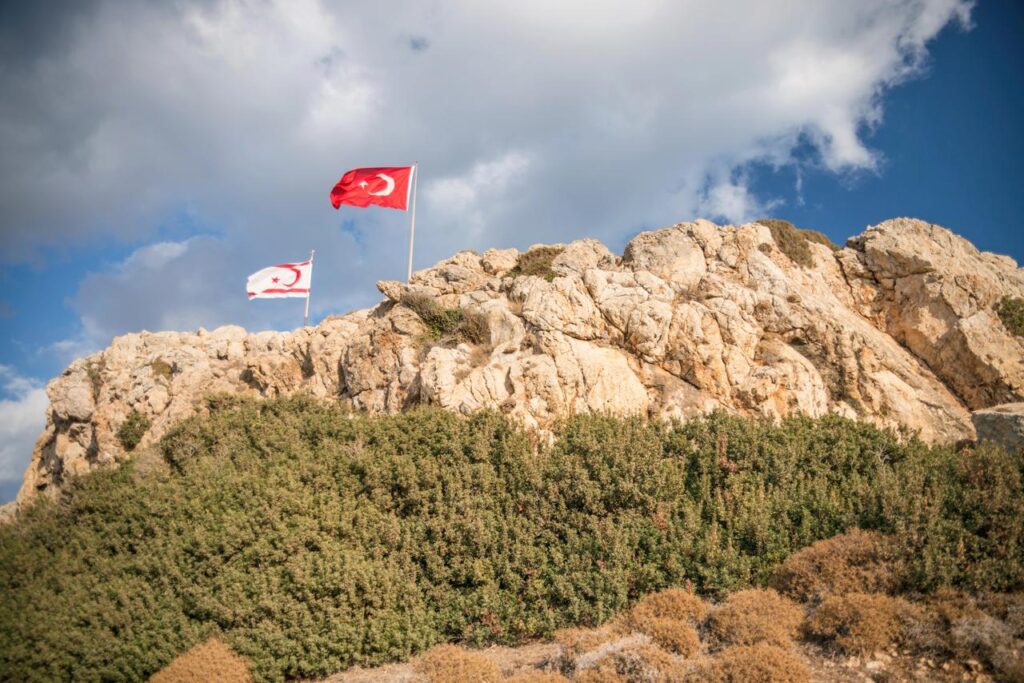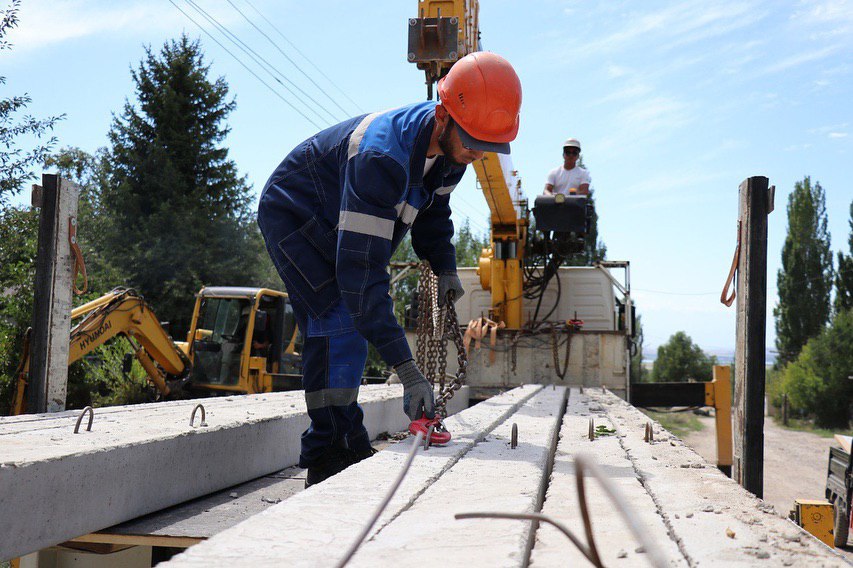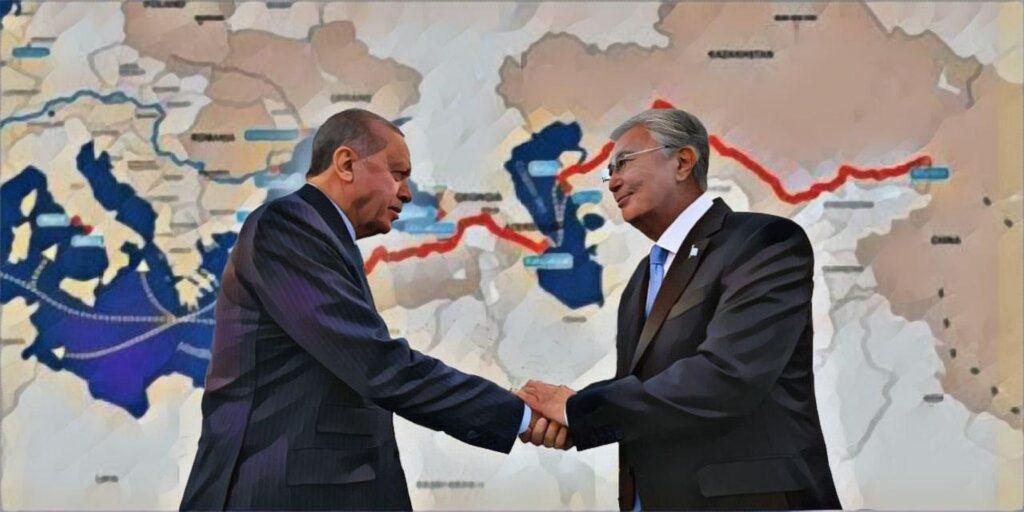Turkey’s ties with Europe are undergoing a reinvigoration. This phenomenon is foregrounded by recent high-level diplomatic engagements and burgeoning military and economic linkages, which may at first glance appear as a realignment within the Euro-Atlantic system. It holds deeper implications, however, and most consequentially for Central Asia.
Turkey is re-entering the European strategic imagination, this time not as a supplicant but as a self-assured middle power. Europe’s altered international environment, by changing its external posture, will provide the Central Asian states with additional geopolitical resources in a world marked by shifting alignments and competing centers of power.
To grasp the systems-level implications of this shift, one must first dispense with the linear narrative of bilateralism that has long framed Turkey-Europe or Turkey-Central Asia relations in isolation. Instead, Turkey’s position as a hub of multi-vectorial networks — anchored in NATO, increasingly interlocked with EU markets, yet culturally and politically entwined with Turkic Central Asia — makes it a proactive agent whose movement in one sphere triggers systemic perturbations across others. Thus, when Turkey edges closer to Europe, it also subtly reconfigures the vector of Central Asia’s international relations.
The second Trump administration is continuing the transition in Europe’s security architecture that was inaugurated during the first. With longstanding assumptions about American commitment to the Atlantic alliance shaken, Europe finds itself unmoored. In this new context, Turkey’s military interventions — its incursions in northern and now central Syria, its containment of Russian advances in Ukraine, and its supply of military drones to Azerbaijan — demonstrate a degree of strategic autonomy that is rare among NATO members.
Europe has noticed. The readjustment of its view of Turkey is evident through invitations to summits with key EU players, overtures from German and Polish leaders, and discussions around deepening the customs union. Turkey is no longer peripheral country knocking at the EU’s door; shifts in the international system have made it an increasingly indispensable node in the continent’s security and energy architectures. This European courtship of Turkey has ramifications well beyond Brussels or Berlin, or even Ankara.
For the Central Asian states, afflicted by asymmetric dependencies on Russia, Turkey’s geopolitical normalization with Europe presents a “demonstration effect”. That is, it puts the spotlight on a regional actor that is using soft power affinities and hard power capabilities to parlay its peripheral status into centrality. Turkey’s return to Europe showcases a successful strategy of multidirectional engagement. Such “strategic hedging” obviates obedience to any single bloc, instead leveraging the overall system’s recursive entanglements for national-interest advantage.
The Turkish-Azerbaijani partnership is illustrative. Turkey’s provision of military assistance used during the Second Karabakh War in 2020, notably the Bayraktar TB2 drones, enabled Azerbaijan to shift the regional balance. Russia is no longer the hegemonic power in the South Caucasus and must compete in a condition where it is diplomatically and militarily weakened by its war against Ukraine. Baku stands to benefit from its multisectoral economic cooperation with Ankara, which goes far beyond military assistance. Specifically, Azerbaijan’s partnership with Turkey enhances its autonomous access to European political and economic systems.
This logic extends beyond the South Caucasus. Central Asian republics like Kazakhstan and Uzbekistan have long sought to diversify their foreign relations beyond the Moscow–Beijing axis. Turkey’s growing influence in Europe offers Central Asia an opportunity to readjust its own alignments, and this process is already under way. Partnership with Turkey adds another vector on the strategic pathway to their cooperation with Western systems. In systems-theoretic terms, Turkey serves as a coupling interface between two loosely integrated subsystems — Europe and Central Asia — where previous linkages were weak and constrained by chokepoints on capital, knowledge, and influence.
None of this, of course, occurs in a vacuum. Russia’s declining leverage, compounded by Western sanctions and the vitiation of its own forces in Ukraine, creates space for new actors to assert influence. China’s rise provides Central Asia with infrastructure but not ideological or cultural affinity. Turkey’s renewed ties to Europe position it, by contrast, as a system-balancer: culturally proximate, economically credible, and strategically mobile. It is the hybrid quality of being Western-facing and Eastern-rooted that increases Turkey’s relevance for Central Asia.
Yet the durability of this influence remains contingent. Europe’s embrace of Turkey is pragmatic, not ideological. Should the EU fragment further, or should Ankara overplay its hand, the momentum could stall. Central Asia’s receptivity likewise depends on Ankara’s maintenance of its ability to remain an autonomous actor whose proximity to Europe amplifies, rather than constrains, its regional partnerships.
In the medium term, the challenge for Turkey will be to operationalize this systemic advantage without succumbing to overextension. For Central Asian states, the opportunity lies in strategically leveraging Turkish-European synergy to increase their own possibilities. The region’s long history of subordination to external powers has produced a diplomatic caution, but the spectacle of Turkey navigating from NATO to the Kremlin to Brussels — all while deepening ties with Baku, Tashkent, and Astana — offers a working model for a new kind of Eurasian agency.
Turkey’s “return” to Europe is, therefore, not a story of Atlantic integration, particularly as the United States is withdrawing its longstanding attention to Europe in the direction of Asia and the Indo-Pacific. This “return”, rather, represents a redefinition of how once-peripheral actors can, in the rapidly evolving international system, transform their situation and affirm their new position, afforded by the evolution in that system. For Central Asia, the lesson is clear: proximity to Turkey now means potential proximity to Europe. In a world of connectivity and relative rather than absolute autonomy, proximity is still an underestimated resource.









